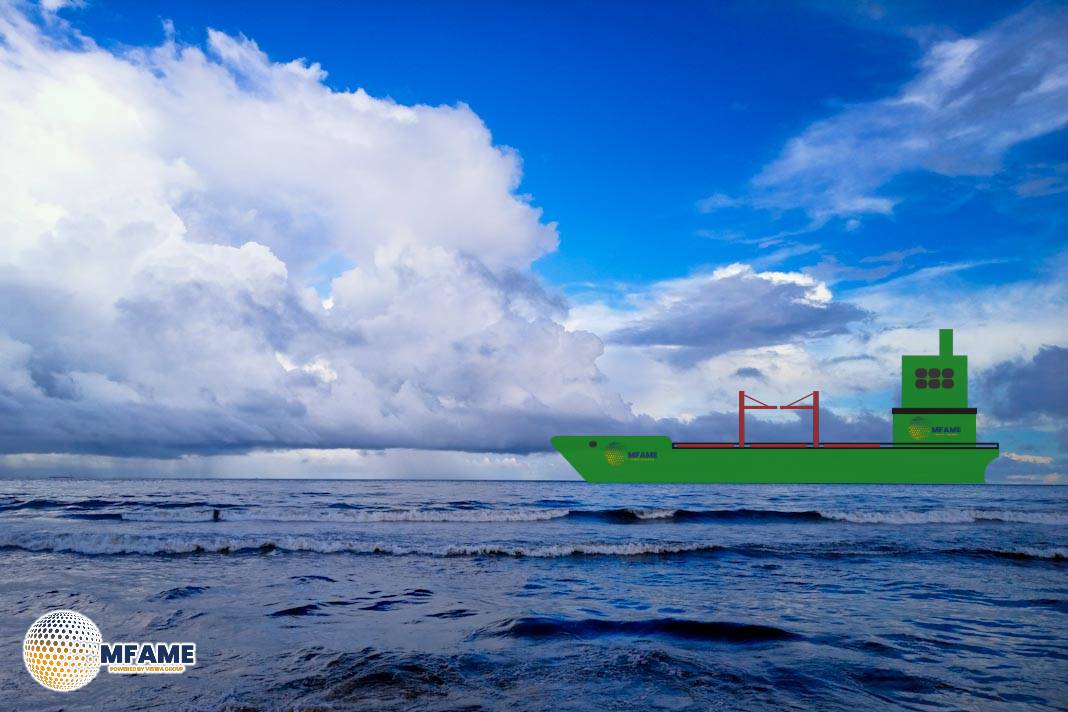 Electric motors are increasingly being adopted in the shipping industry — especially for short-distance routes, inland waterways, and ferries. However, for long-distance ocean travel, battery-electric ships still face technical and economic hurdles. Here’s a breakdown of what the article reveals:
Electric motors are increasingly being adopted in the shipping industry — especially for short-distance routes, inland waterways, and ferries. However, for long-distance ocean travel, battery-electric ships still face technical and economic hurdles. Here’s a breakdown of what the article reveals:
The conversion was made feasible through federal subsidies covering up to 80% of the costs. Without such financial aid, the retrofit would have been too expensive, according to Elmar Miebach-Oedekoven, managing director of Lux Werft und Schifffahrt. His company has already retrofitted around 20 passenger vessels with electric propulsion systems.
Electric motors also provide long-term cost savings due to lower maintenance needs and eliminate the risk of diesel spills or onboard fires. As operations manager Ingo Schneider-Lux noted, the technology is both simpler and safer than conventional combustion engines.
Rising Trend: Electric Ships on Inland Waterways
Germany is not alone in embracing electric shipping. Schneider-Lux stated that more ferries and passenger ships across lakes and rivers in Germany are adopting electric motors. Globally, the Maritime Battery Forum in Norway estimates over 1,000 ships now run on fully electric or hybrid systems, with at least 460 more under construction.
Norway’s Leadership in Electric Marine Transport
Norway stands at the forefront of this transition. Over the past decade, the Norwegian government has implemented strict emission regulations and provided support for electric shipping technologies. These policies apply to various vessels including ferries, fishing boats, cargo ships, cruise liners, and maintenance vessels.
From 2026, Norway will enforce zero-emissions regulations for tourist ships and ferries in the fjord regions. Currently, over 40% of ferries in western Norway are already electric. One of the largest battery-powered ferries, capable of carrying 200 cars and 600 passengers, has been in service near Oslo since 2020. Another milestone is the launch of the world’s largest electric ship — a catamaran designed to transport 2,100 passengers and 225 cars between Argentina and Uruguay.
The Role of Hybrid Ships: Balancing Range and Sustainability
Although electric power is effective for short trips, it poses challenges for long-distance travel. Hybrid vessels address this by combining battery power with engines that run on alternative fuels like liquefied natural gas (LNG), diesel, or biodiesel.
The Saint-Malo, a hybrid ferry operating between France and the UK, runs on battery near ports to minimize emissions and noise, while using LNG during the longer stretches across the English Channel.
Battery Swapping Systems for Extended Routes
Battery-swapping technology is extending the range of electric shipping. For example, two e-freighters operating along the Yangtze River in China use 36 battery containers each, storing up to 57,000 kWh. When their batteries are depleted, they swap them at designated ports.
Similar battery exchange systems are in use in the Netherlands, particularly at the Port of Rotterdam. The EU supports this infrastructure to reduce emissions across inland shipping routes connecting the Netherlands, Belgium, France, and Germany.
Global Goals: Aiming for Zero Emissions by 2050
Maritime shipping currently accounts for about 2.8% of global CO₂ emissions. In the EU, the figure rises to between 3–4%. Transitioning to electric motors could significantly lower emissions and improve air quality.
From an economic perspective, battery-powered ships are increasingly outcompeting traditional diesel-powered barges on shorter routes. Demand for electric and hybrid engines has quadrupled since 2019, according to Roger Holm, president of Wärtsilä Marine.
NatPower Marine, a UK-based firm developing port charging infrastructure, also anticipates growth in the electric shipping market. CEO Stefano Sommadossi attributes this to advances in battery efficiency, which outperform other green alternatives like green hydrogen and methanol in energy conversion.
Limitations of Battery-Powered Long-Distance Shipping
Despite progress, battery-powered ships still face range limitations. While routes like New York to Lisbon (15,000 kilometers) are technically possible with current technology, longer routes such as Shanghai to Venice (30,000 kilometers) are not yet feasible without battery swap stops.
For such routes, green methanol has emerged as a promising alternative. Maersk, a Danish shipping giant, launched its first methanol-powered container ship in 2024. The methanol is partly produced from renewable sources like solar and wind energy in Denmark. However, scaling this technology will require significant investment in fuel production facilities.
Europe’s Commitment to Decarbonizing Ports
As part of its environmental agenda, the European Union now mandates that all major ports be equipped with high-power shore electricity connections by 2030. This will enable ships to shut down their engines while docked, relying entirely on local electricity and further cutting emissions.
In northern Germany’s Port of Kiel, around 70% of docked vessels already use shore power, demonstrating the potential of this strategy.
Asia-Pacific Leads in Electric Shipbuilding
Currently, the Asia-Pacific region is the global leader in constructing electric vessels. According to Sommadossi, this dominance is likely to continue, although Europe is rapidly catching up thanks to policy initiatives like the EU’s green transition roadmap.
A Promising But Partial Solution
Electric motors are undoubtedly transforming the shipping industry — especially in inland and short-sea routes. They offer cleaner, safer, and often more cost-effective alternatives to diesel engines. However, technological limitations in battery capacity and long-distance logistics mean that electric shipping will likely be complemented by hybrid systems and alternative fuels like green methanol.
The International Maritime Organization’s ambitious target to eliminate emissions by 2050 will require all these technologies to work in tandem. Electric motors are a crucial part of the puzzle — but not the whole picture.
Did you subscribe to our daily Newsletter?
It’s Free Click here to Subscribe!
Source: DW













